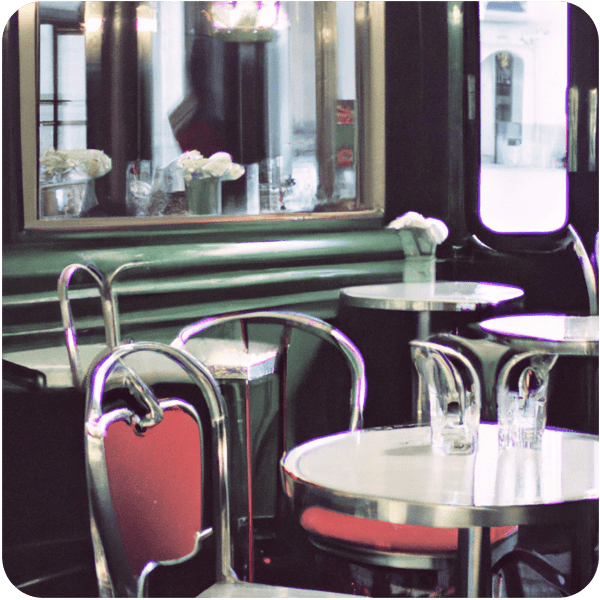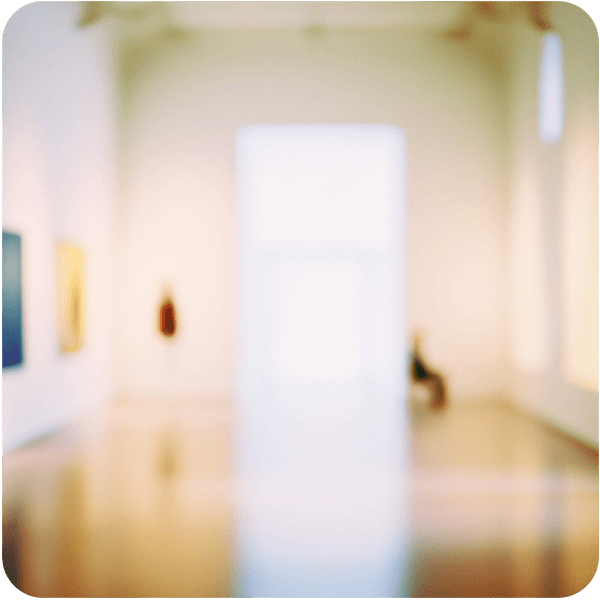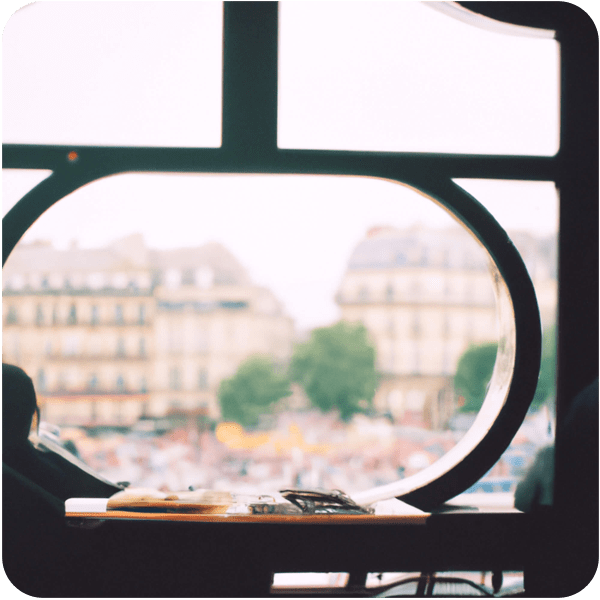Hans Ulrich Obrist
Hans Ulrich Obrist
Hans Ulrich Obrist
Hans Ulrich Obrist
Hans Ulrich Obrist
Hans Ulrich Obrist
Hans Ulrich Obrist
Hans Ulrich Obrist
Hans Ulrich Obrist
Hans Ulrich Obrist
Hans Ulrich Obrist
Hans Ulrich Obrist
Hans Ulrich Obrist
Hans Ulrich Obrist
Hans Ulrich Obrist
Hans Ulrich Obrist, Curator
Café de Flore, Paris
00:00 / 02:24





I told my friend Agnès b that I had this obsession for Édouard Glissant,
such an important public intellectual. He was a member of the Resistance
who spoke out in favor of Martinique’s independence from France
early on, and then, from ’67 actually onwards, he had this Institut,
Martiniquais d’Etudes, a school which very much was an
agent for change intervening in political issues but also implementing
Creole into a school system which was widely dominated by French.
And so here we are basically, yeah, probably 30, 35 years after
Agnès met him for the first time. She arranged that meeting
at the Café de Flore. I mean, such a literary café, no?
I mean, one of the oldest coffeehouses in Paris. It’s actually
at the corner of the Boulevard Saint-Germain and the Rue Saint-Benoit,
literally just when you get out of the subway Saint-Germain.
And, so, yeah, so Agnès kind of arranged a rendezvous and we
we met for the first time and, I mean, ever since, I would say,
every single exhibition of mine, every single museum concept,
every single Biennale, I mean, all the shows I’ve sort of curated
have all been inspired by Glissant. Glissant taught me also that
observing that the places, you know, in which exhibitions are traditionally
presented are often invisible to large sections of society.
So whilst we sat in de Flore, we looked out of the window and he said,
“You have to think as a curator about other forms of engagement,
about new models of exhibitions that are more mobile
and that can go to the people.” I mean, I won’t forget that
that was another great moment. He stood up and, you know we looked
from the first floor of de Flore to the boulevard, to the city, and he said,
“You have to go to the people. You have to…
Museums have doors, but you have to go outside.” And that
triggered the whole other, you know, I would say, a whole sort of
polyphony of shows from “Do It” to, more recently, “It’s Urgent!”
to “Take Me (I’m Yours)”, exhibitions where I work with dissemination,
where I work with posters, where, you know, the artwork goes to the people.
So, yeah, in a way, everything started at the Café de Flore.
Hans Ulrich Obrist, curator
Café de Flore, Paris
Café de Flore, Paris